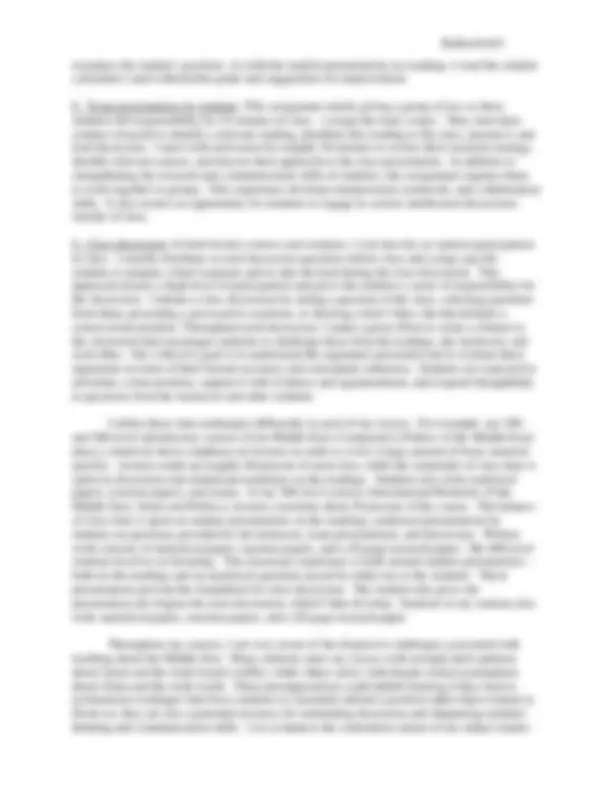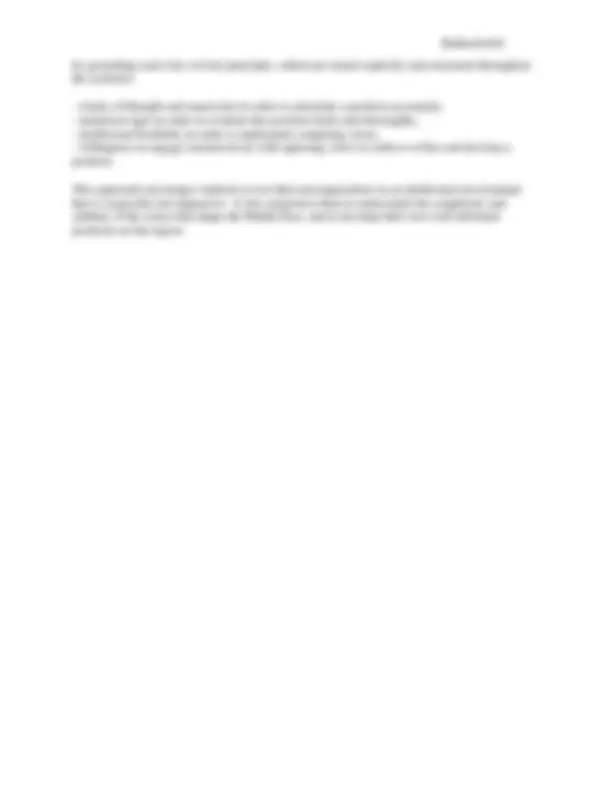




Study with the several resources on Docsity

Earn points by helping other students or get them with a premium plan


Prepare for your exams
Study with the several resources on Docsity

Earn points to download
Earn points by helping other students or get them with a premium plan
Community
Ask the community for help and clear up your study doubts
Discover the best universities in your country according to Docsity users
Free resources
Download our free guides on studying techniques, anxiety management strategies, and thesis advice from Docsity tutors
Material Type: Notes; Professor: Rutherford; Class: Comparative Pol: Middle East; Subject: Political Science; University: Colgate University; Term: Fall 2008;
Typology: Study notes
1 / 4

This page cannot be seen from the preview
Don't miss anything!



Personal Statement for Tenure Review Teaching Section (abbreviated) Bruce K. Rutherford September 22, 2008
My teaching at Colgate has concentrated on classes that deal with the Middle East and the Islamic world: Comparative Politics of the Middle East (POSC 215); Islam and Politics (POSC 304); International Relations of the Middle East (POSC 363); and Core-Middle East (Core 183). I also teach a seminar on democratization in the developing world, which compares experiences with democratic transitions in the Middle East, Latin America, Africa, and East Asia (POSC 437).
During my courses, I aim for students to accomplish four objectives:
I pursue these objectives by employing the following techniques, which make up the “tool box” that I draw upon when designing and teaching courses.
by grounding each class in four principles, which are stated explicitly and reiterated throughout the semester:
This approach encourages students to test their presuppositions in an intellectual environment that is respectful and supportive. It also empowers them to understand the complexity and subtlety of the issues that shape the Middle East, and to develop their own well-informed positions on the region.